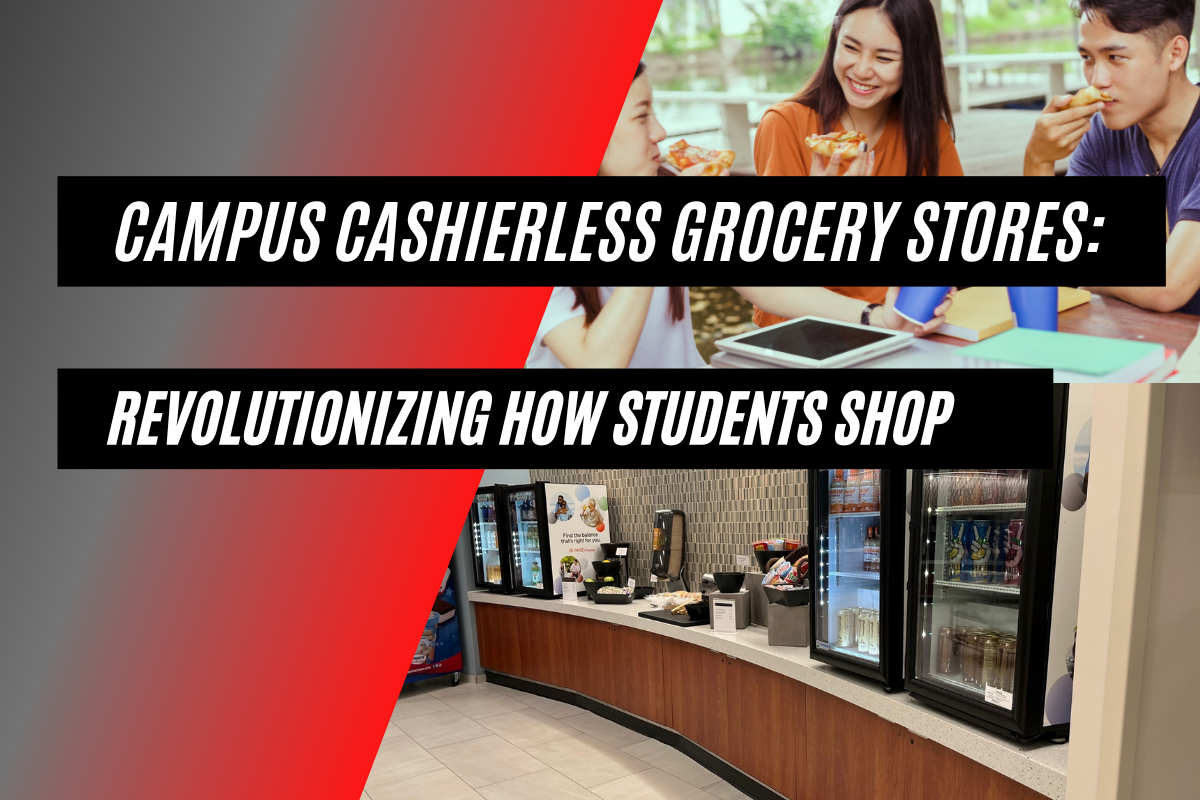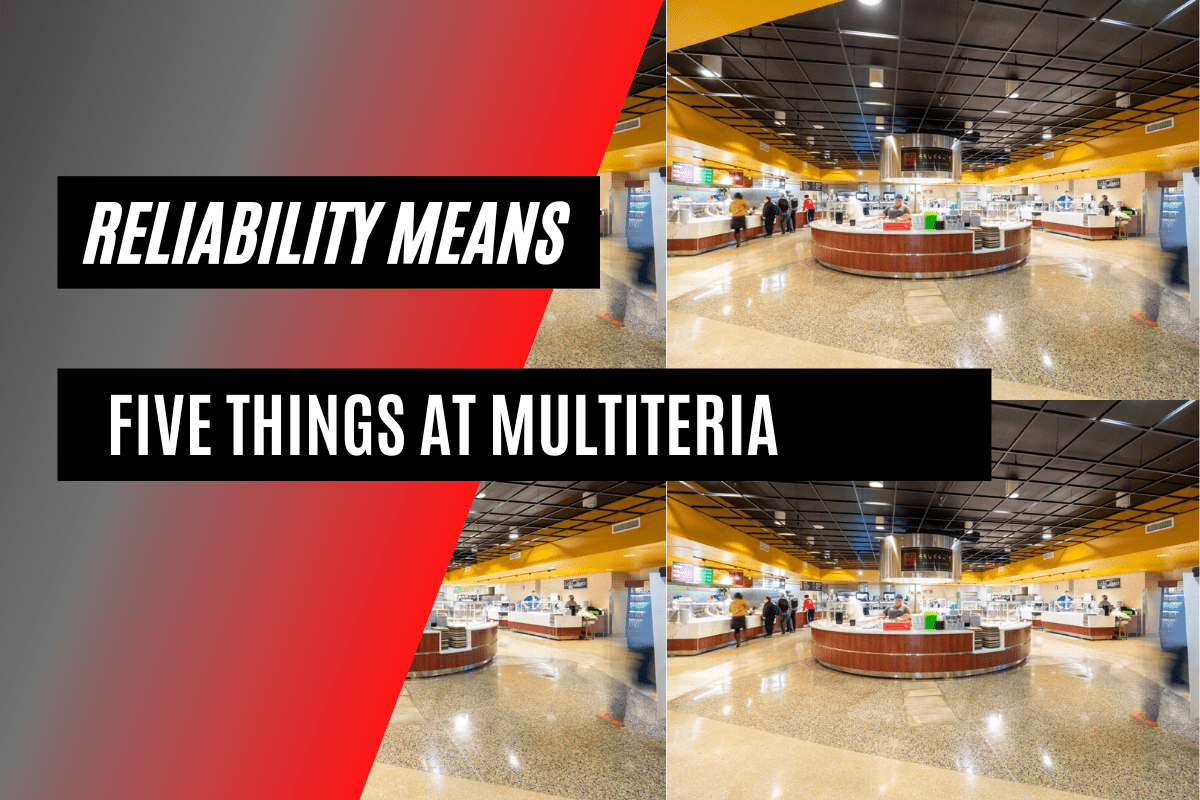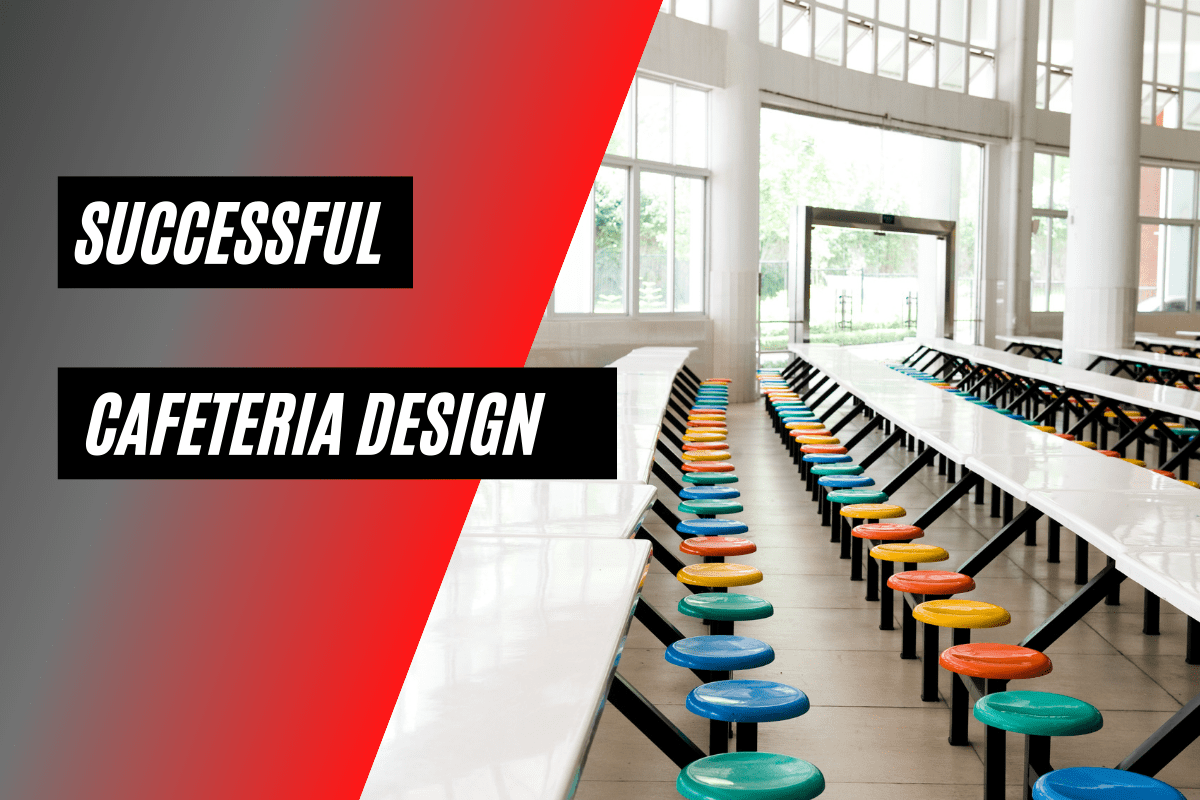3 Benefits of a Student Run Coffee Program
Over the past decade, one of the biggest growth segments for coffee has been younger demographics, and this trend is expected to continue its upward climb.
As a result of coffee's growing appeal and popularity amongst student-aged populations, many high schools across the country are considering or have already begun student-run coffee programs.
There are three important benefits to beginning this type of school nutrition service, so let's walk through each of them now.
1. Would You Like Some Milk with Your Coffee?
Promoting milk-rich coffee drinks like lattes, café mochas, and cappuccinos can result in improved milk consumption among teens who might otherwise avoid drinking the white stuff. This can help schools meet federal and local guidelines on milk consumption.
Coffee drinks offered at school have to follow the same strict USDA nutrition standards that apply to school lunches, meaning drinks should be made with fat-free or 1% milk that averages around 150 calories. They also can't exceed 12 ounces, so no 'venti' drinks at the school coffee bar. At the same time, coffee can replace other, sugary drinks as a caffeine substitute. Drinking coffee is a lot better for students than carbonated energy drinks or even soda, for example.
The bottom line is more milk/less sugar is the desired result in our high school foodservice operations.
2. Keeping It All on Campus
Keeping high school students on campus where they can be properly supervised is often a challenge. Offering their favorite caffeinated beverages in-house is one way to meet that challenge, especially for schools that have open campuses where students are permitted to leave. As many schools remove soda and vending machines from school grounds, replacing them with a coffee bar can be a great alternative, giving students an off-campus type of experience inside the school.
As we mentioned, coffee drinks are substantially lower in sugar than soda and include a healthy dose of milk. This helps them meet the USDA's Smart Snacks in Schools parameters. The coffee bar can also provide an increased profit potential within the school. This much-needed infusion of money can help offset the loss from the removal of the soda vending machines.
A study comparing two high schools' experience with installing coffee bars was presented at the 2019 Annual National Conference of the School Nutrition Association. According to that study, the projected ROI from adding a coffee bar was just over a year and a half. Since the demand for coffee drinks is only increasing among students, your ROI could come even sooner and will continue into the future.
3. Learning About the Business of Coffee
By setting up and running a coffee stand, students can actually benefit from hands-on learning during their business classes. If they're working in conjunction with the school nutrition department, even better! All parties benefit when a coffee cart draws more students into the school cafeteria.
While working at the coffee cart or helping to set up the program, students learn the basics of running a successful business. Those basics include marketing, quality control, budgeting, scheduling, and other essential skills. If a class requires hands-on work hours, students can develop and improve in areas like customer service and management without leaving campus.
Is Your School Ready for a Coffee Program?
As we've shown above, an investment in a student-run coffee program benefits both the students and the school. If your school district is interested in implementing such a program, connect with a Multiteria expert for more information and guidance.




